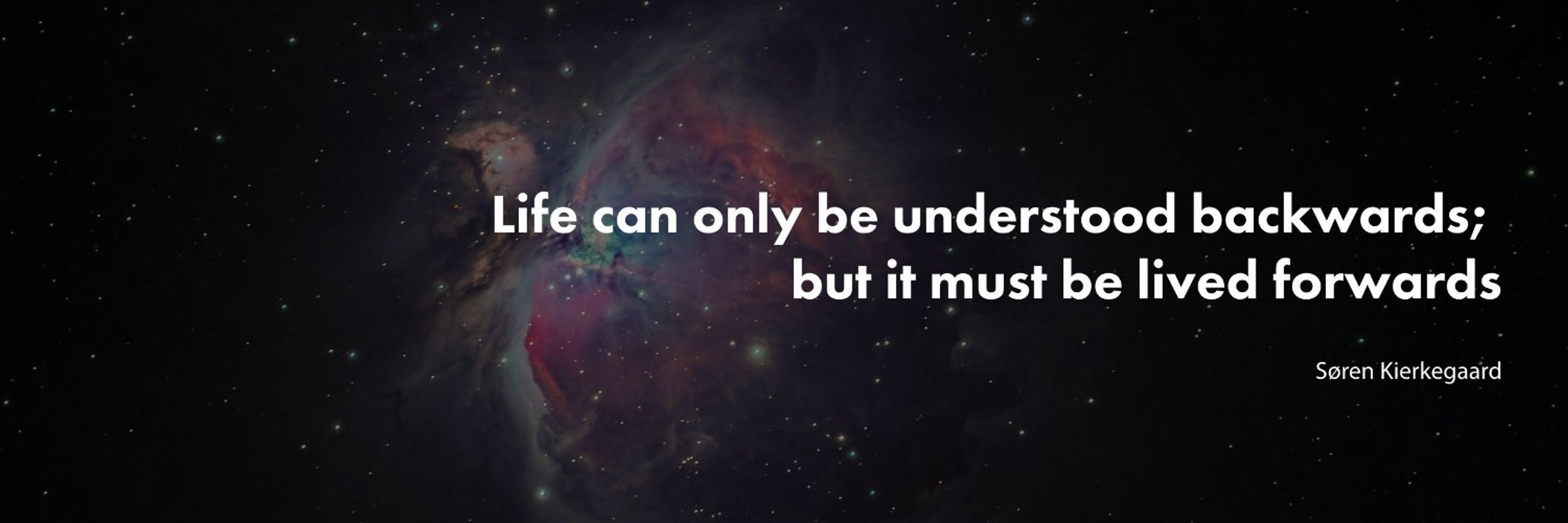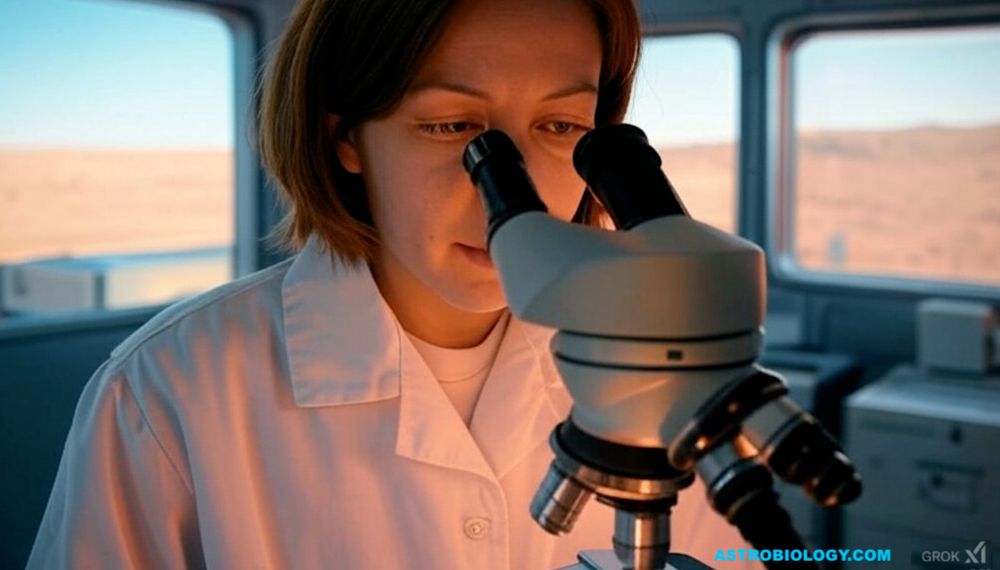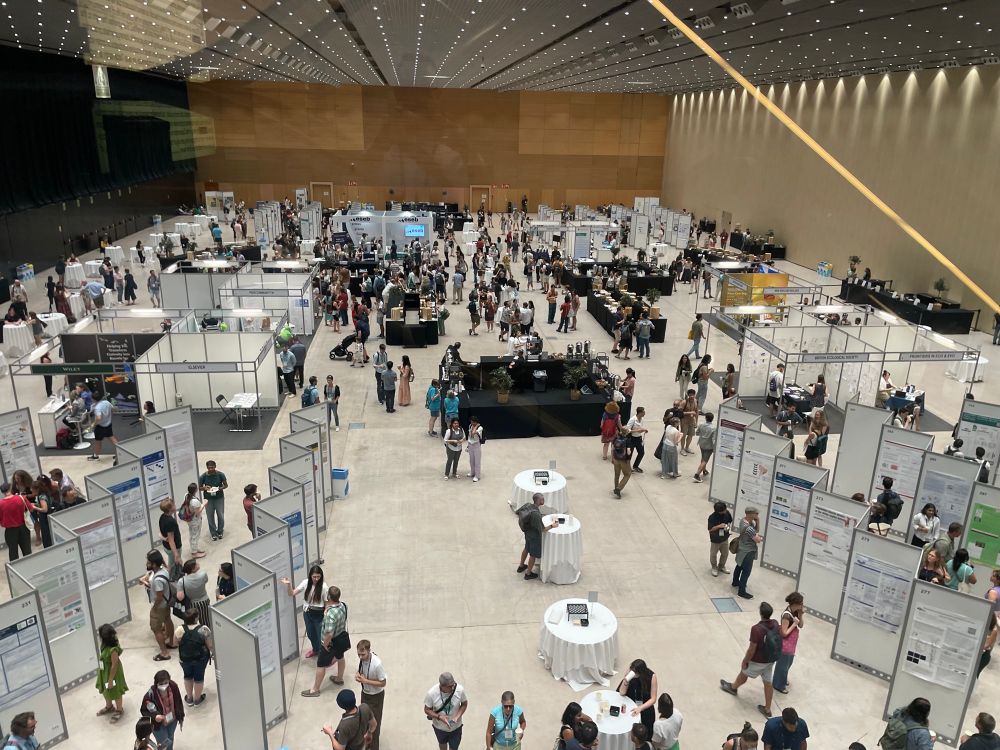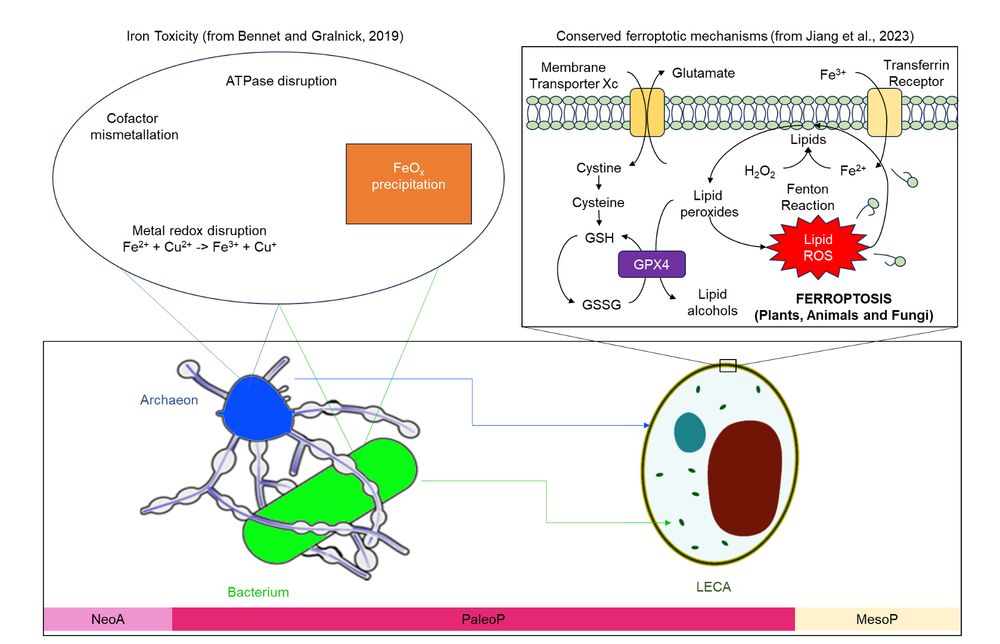Kaçar Lab at UW-Madison
@kacarlab.bsky.social
550 followers
160 following
84 posts
Past, Present and Future of Life
Here and Elsewhere
PI: Betül Kaçar
Account managed by lab members.
✨
kacarlab.org
Posts
Media
Videos
Starter Packs
Pinned
Reposted by Kaçar Lab at UW-Madison
Reposted by Kaçar Lab at UW-Madison
Reposted by Kaçar Lab at UW-Madison
Reposted by Kaçar Lab at UW-Madison
Reposted by Kaçar Lab at UW-Madison
Reposted by Kaçar Lab at UW-Madison
Reposted by Kaçar Lab at UW-Madison
Reposted by Kaçar Lab at UW-Madison
Reposted by Kaçar Lab at UW-Madison
Reposted by Kaçar Lab at UW-Madison
Reposted by Kaçar Lab at UW-Madison
Reposted by Kaçar Lab at UW-Madison
Reposted by Kaçar Lab at UW-Madison
Sven T. Stripp
@stripplab.bsky.social
· Jul 10
Reposted by Kaçar Lab at UW-Madison
Holly Rucker
@hollyrucker.bsky.social
· Jul 9
Reposted by Kaçar Lab at UW-Madison
Reposted by Kaçar Lab at UW-Madison

















